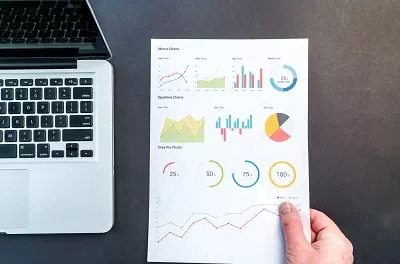 Working out exactly how your online advertising is performing is becoming increasingly difficult in these post GDPR times, and Apple will be making it harder still by introducing changes to their forthcoming operating systems that will start ignoring tracking codes included in website links.
Working out exactly how your online advertising is performing is becoming increasingly difficult in these post GDPR times, and Apple will be making it harder still by introducing changes to their forthcoming operating systems that will start ignoring tracking codes included in website links.
While much tracking of your online activities goes on in the background (or not, depending on your browser and what you've agreed to), you may have spotted another method of working out how you ended up on a page over the years. It's possible to pass information to a website to process in via the URL. For example
https://www.3ait.co.uk/?source=trackingCodeBlog
That link will load the front page of our website, but the end section after the ? passes extra arbitrary data through that we could use to identify that particular link has been used. This is often used by companies to pass through the source of the link (Twitter, Facebook etc), and various other information that helps them to work out how someone has ended up on that page.
Apple have decided to introduce measures in iOS17 that will effectively strip out all of that info, leaving only the necessary bit of the web address to actually get you to the page you wanted to visit. This feature will be activated by default in Mail, Messages and Safari in Private Browsing mode.
This news comes as the deadline to switch to the newer version of Google's ubiquitous analytics system arrives. The newer version provides less identifiable information than the old one to aid compliance with the various privacy laws that have been implemented around the world since the previous version was created. They are also still planning on blocking third party cookies entirely in their browser from the end of next year.
As well as advertising, these sorts of analytics are also used to signal where to make improvements to websites. We'll find out in the coming months what effect this will have on the online experience for the average user as the quality of the data used to make those decisions reduces.
